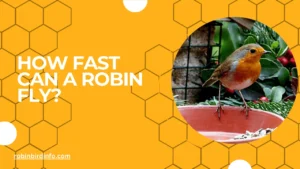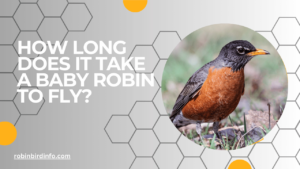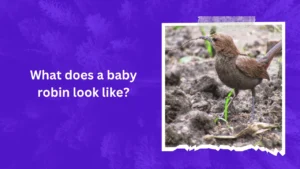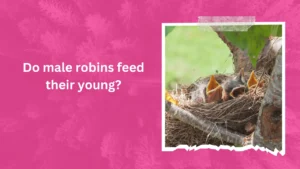Have you ever witnessed a frantic Robin flitting around your yard, seemingly desperate to keep something away from its precious nest?
These cheerful songbirds transform into fierce protectors during breeding season, fiercely guarding their young. But what about those adorable, fluffy chicks peeking out from the nest? When do these seemingly helpless creatures take to the skies?
The answer might surprise you! Witnessing baby Robins take flight is a truly remarkable experience. This blog post delves into the fascinating world of fledging in Robins, exploring the timeframe for this crucial development.
We’ll explore the amazing transformation of baby Robins from clumsy chicks to fledglings, investigate the role of parental care, and uncover the environmental factors that can influence how long it takes these curious creatures to take their first flight.
So, grab a cup of tea, settle in, and get ready to witness the awe-inspiring journey of baby Robins as they learn to soar!
Contents
Section 1: Nestling Development
Once a Robin egg hatches, a tiny, naked and blind nestling emerges. It is completely dependent on its parents for survival. Over the next few weeks, the nestling undergoes rapid growth and development. Its feathers begin to grow, providing warmth and insulation. As the feathers develop, the nestling becomes more mobile and starts to explore the nest.
Parental care is crucial during this stage. Both the male and female Robin work tirelessly to feed and protect their young. They bring a variety of insects, worms, and berries to the nest, which they regurgitate into the mouths of the hungry nestlings.
Section 2: The Fledgling Stage
After about two weeks, the nestlings are ready to fledge. This is a significant milestone in their development, as they leave the safety of the nest and begin to explore the world on their own.
Parental guidance continues even after fledging. The adult Robins continue to feed and protect their young, providing them with food and shelter. The fledglings spend time practicing their flight skills, hopping from branch to branch and taking short flights.
Section 3: Factors Affecting Fledging Time
Several factors can influence the timing of fledging. Weather conditions play a crucial role. In warm, dry weather, nestlings may fledge earlier than in cold, wet conditions.
Food availability is another important factor. If food is abundant, nestlings may grow and develop more quickly, leading to earlier fledging.
Predator pressure can also affect fledging time. If predators are present, parents may keep their nestlings in the nest longer to reduce the risk of predation.
Section 4: Post-Fledging Period
After fledging, young Robins continue to rely on their parents for food and protection for a short period. However, they quickly become more independent and start to forage for their own food.
Juvenile Robins face many challenges as they learn to survive on their own. They are vulnerable to predation, disease, and accidents. They must also learn to find food, avoid predators, and navigate their environment.
Section 5: Conservation Implications
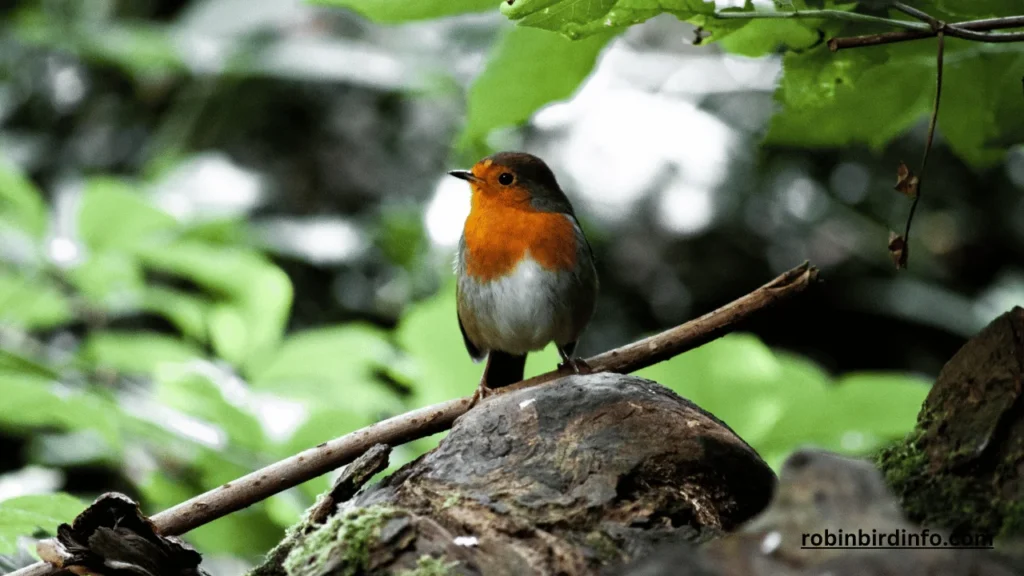
Habitat loss and fragmentation can negatively impact Robin populations by reducing the availability of suitable nesting and foraging sites.
Pesticide use can harm Robin populations by killing insects, which are a vital food source for nestlings and adult birds.
Climate change can also affect Robin populations by altering weather patterns and disrupting breeding cycles. Changes in temperature and precipitation can impact the availability of food and nesting sites.
To protect Robin populations, it is important to conserve their habitats, reduce pesticide use, and promote bird-friendly practices. By understanding the factors that influence Robin development and survival, we can take steps to ensure the continued health and well-being of these beloved birds.
Conclusion
The journey from nestling to independent bird is a remarkable transformation.
By understanding the factors that influence Robin development, we can appreciate the complexity of their life cycle and the importance of protecting their habitats. By taking steps to conserve Robin populations, we can ensure that future generations will continue to enjoy the beauty and song of these charming birds.
FAQ’s
How long does it take for a baby Robin to fledge?
It typically takes about 12-14 days for a Robin egg to hatch, and another 13-15 days for the nestling to fledge.
What do baby Robins eat?
Baby Robins are primarily fed insects, such as caterpillars, beetles, and worms. Parents may also feed them berries and other soft fruits.
How do Robin parents find food for their young?
Robin parents search for food in a variety of habitats, including trees, shrubs, and on the ground. They use their keen eyesight and hearing to locate potential prey.
Do both parents feed the young?
Yes, both male and female Robins contribute to feeding the young. They work together to provide food and protect the nestlings from predators.
What are the threats to nestling Robins?
Nestling Robins face various threats, including predation by cats, snakes, and other birds of prey. Adverse weather conditions, such as heavy rain and extreme cold, can also impact their survival.
How can I help protect Robin nests?
To protect Robin nests, you can avoid disturbing them and keep your pets away from nesting areas. You can also plant native plants to attract insects, which are a vital food source for Robins.


